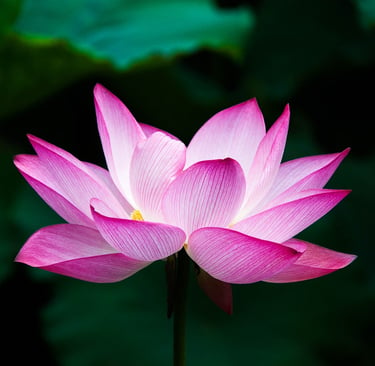The Quiet Art Behind Lasting Floral Beauty
How Silica Sand Captures Nature’s Most Fleeting Beauty


The Science of Preservation: Silica Sand’s Silent Mastery
Silica sand, composed of 99.5% silicon dioxide (SiO₂), functions as a natural desiccant. It absorbs moisture from flowers while maintaining their structural integrity. Unlike traditional air-drying—which can dull colors and distort shapes—silica sand’s porous, uniform grains gently extract water molecules, preserving hues and textures with museum-quality precision.
“Think of it as cryonics for botanicals,” says Dr. Clara Nguyen, a botanist at Kew Gardens. “Silica sand halts decay at the cellular level, capturing petals in a state of suspended animation.”
From Wedding Bouquets to High Fashion: Silica Sand’s Versatility
Luxury Floristry: Designer studios like London’s McQueens use silica sand to preserve bridal bouquets, creating heirlooms couples can cherish for decades.
Botanical Art: Artists such as Rebecca Louise Law, known for cascading floral installations, rely on silica sand to immortalize delicate species like orchids and hydrangeas.
Sustainable Fashion: Brands like Gucci and Dior embed silica-dried blooms in resin accessories—melding nature with wearable art.
Scientific Archives: Herbaria use silica sand to preserve plant specimens for genetic research, ensuring DNA remains viable for centuries.
Why Silica Sand Outshines Other Methods
Color Fidelity: Maintains vibrant tones, unlike air-drying or microwave methods that cause browning.
Speed: Completes the drying process in 3–7 days—far quicker than traditional techniques.
Eco-Friendly: Reusable and non-toxic, in contrast to chemical desiccants.
Precision: Especially effective for fragile flowers like lilies and poppies, which often crumble under other preservation methods.
Purnomo Silica: The Sustainable Backbone of Floral Preservation
With the dried flower market projected to reach $1.2 billion by 2027, Purnomo Silica addresses key challenges with innovative solutions:
Purity: Their sand contains ≤0.01% iron, preventing rust stains on delicate petals.
Custom Grading: Fine grains (0.1–0.5 mm) for fragile buds; coarser grains for woody stems.
Ethical Sourcing: Solar-powered processing in Java reduces carbon emissions, while partnerships with NGOs help protect coastal dune ecosystems.
“Our sand isn’t just a tool—it’s a bridge between nature’s ephemeral beauty and human creativity,” says CEO Arjun Patel.
Looking Ahead: Tradition Meets Innovation
Smart Drying: Silica sand embedded with sensors to monitor moisture levels in real time.
Bio-Art: Collaborations with biotech firms to preserve genetically modified flowers for medical and scientific purposes.
Circular Economy: Developing closed-loop systems where used sand is sterilized and repurposed for agriculture or construction.
Conclusion
In a world eager to preserve fleeting moments, silica sand offers a paradox: it is both the preserver and the enabler of beauty. For florists, artists, and scientists alike, this humble material is redefining how we cherish the impermanent.
The Art of Eternal Blooms: How Silica Sand Preserves Nature’s Ephemeral Beauty
In a sunlit studio in Amsterdam, a florist gently buries a vibrant peony in a bed of glistening white granules. Within days, the petals will lose their moisture—but not their color, form, or fragile grace. This alchemy of preservation relies not on magic, but on silica sand, an unassuming yet transformative material that is revolutionizing the dried flower industry.
As demand grows for sustainable, long-lasting floral art, companies like Purnomo Silica are emerging as essential partners—supplying the high-purity sand that transforms fleeting blooms into timeless treasures.
